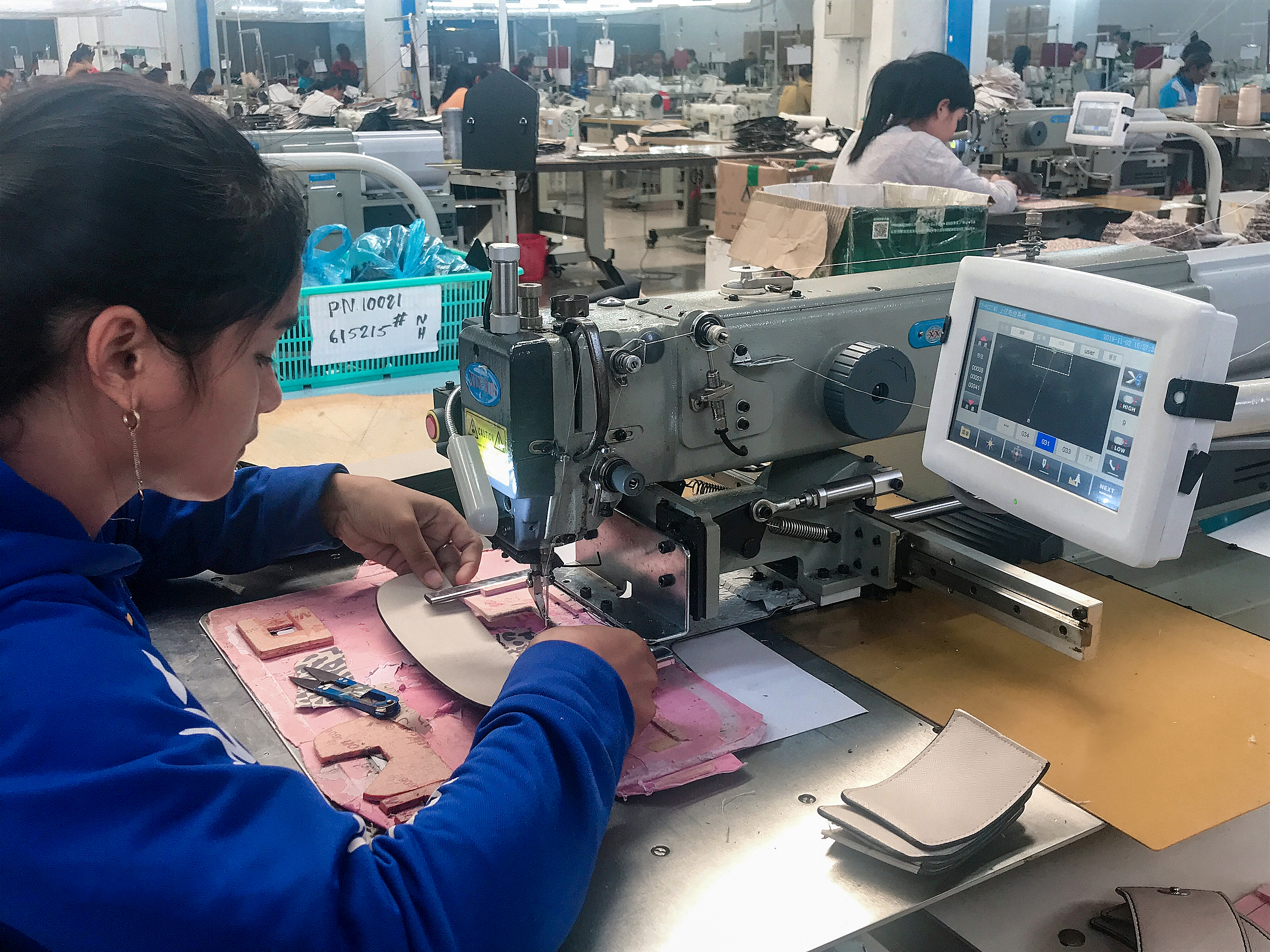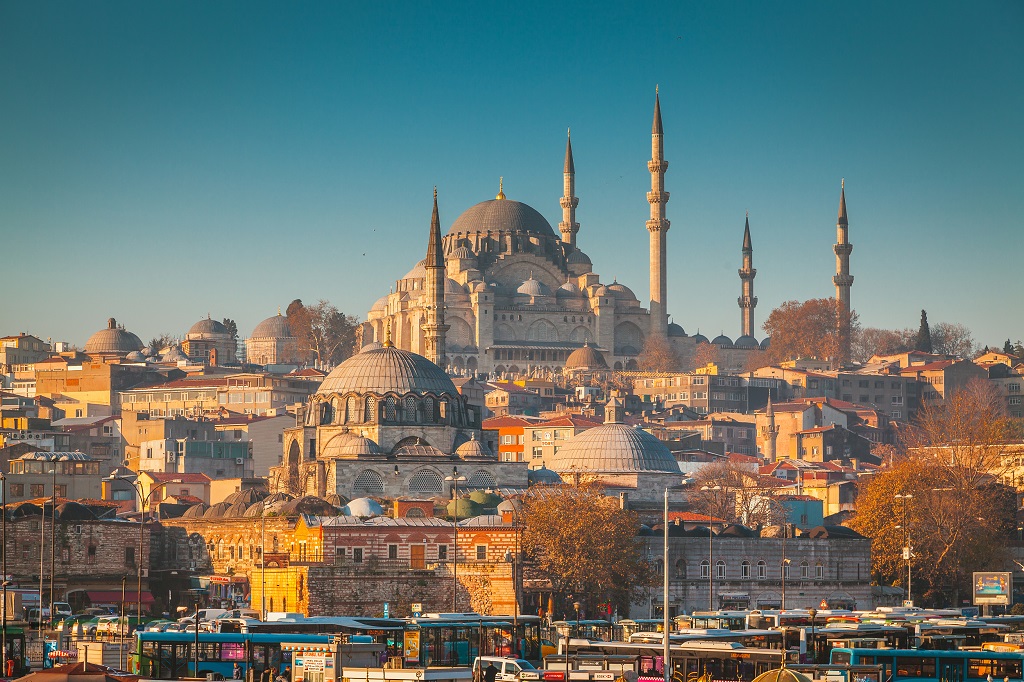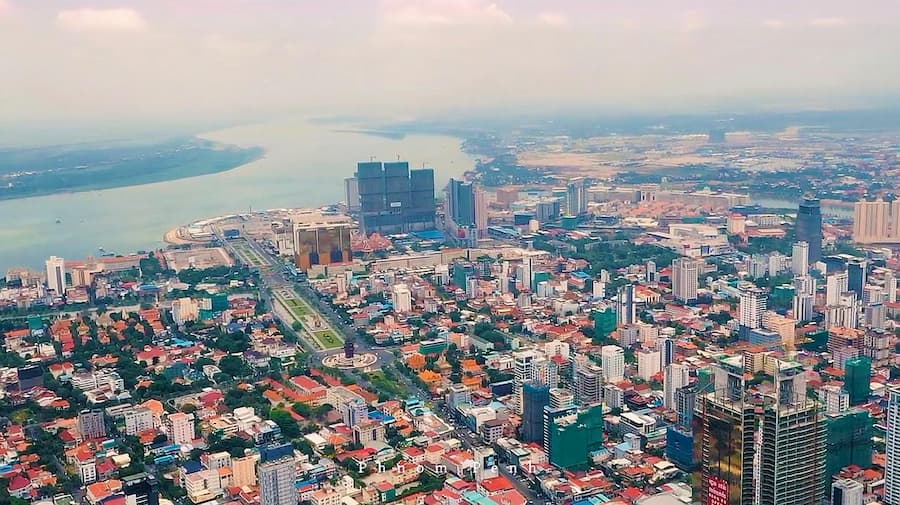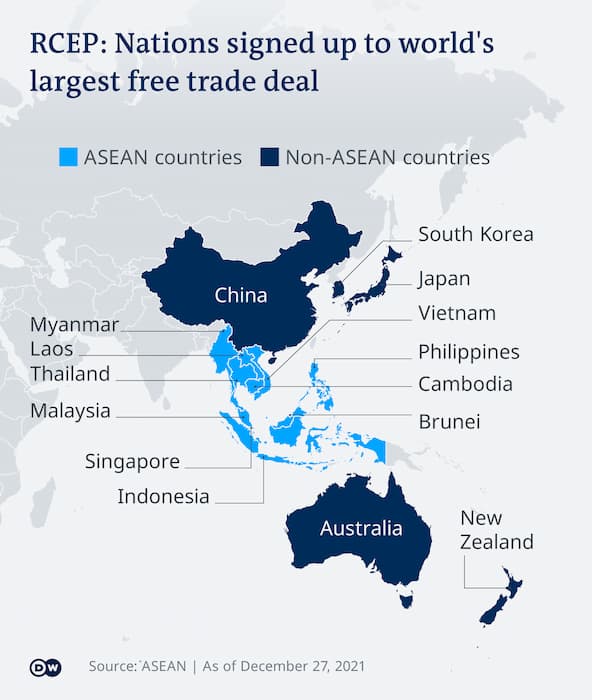As global supply chains undergo a significant transformation, companies are increasingly exploring alternatives to China for handbag manufacturing. This shift is driven by various factors, including:
- Rising Labor Costs: According to the National Bureau of Statistics of China, the average annual salary for employees in the manufacturing sector in China was 96,179 yuan in 2023, representing a 5.1% increase compared to 2022. This data indicates a steady rise in labor costs within China's manufacturing industry, which may prompt companies to explore alternative locations with more competitive wage structures.
- Shifting Trade Dynamics: The ongoing trade war between the US and China, coupled with geopolitical tensions, has led companies to diversify their supply chains and reduce dependence on any single source. (Source:A Manufacturing Strategy Built for Trade Instability | BCG)
- Evolving Customer Preferences: Growing consumer demand for ethical and sustainable manufacturing practices is pushing companies to consider alternative manufacturing locations with strong environmental regulations and ethical labor policies. (Source:World Investment Report | UNCTAD)

This article explores five promising alternatives to China for handbag manufacturing, highlighting their key advantages and considerations:
1. Vietnam

Advantages
- Cost-Competitive Workforce: Vietnam boasts a skilled workforce with an average monthly wage in the manufacturing sector of $220 in 2023, significantly lower than China's $540. (Source: World Bank Report)
- Developing Infrastructure: Vietnam has significantly invested in its logistics and transportation networks, improving connectivity and facilitating efficient manufacturing and global trade.
Considerations
- Limited Raw Material Availability: Vietnam relies on imports for certain raw materials used in handbag manufacturing, which can increase costs and introduce potential supply chain vulnerabilities.
- Intellectual Property Concerns: While Vietnam has made strides in intellectual property (IP) protection, challenges remain, requiring manufacturers to be vigilant and implement robust safeguards.
2. Turkey

Advantages
- Strategic Location: Situated at the crossroads of Europe and Asia, Turkey offers access to a vast consumer market exceeding 1.5 billion people across Europe, the Middle East, and North Africa. (Source: Turkish Exporters Assembly (TİM))
- Skilled Artisanship: Turkey has a rich heritage of craftsmanship and skilled labor in the textile and leather industries, ensuring high-quality handbag manufacturing.
Considerations
- Political Volatility: Turkey's political landscape can be susceptible to fluctuations, potentially impacting economic stability and introducing uncertainty for businesses operating in the country.
- Higher Labor Costs: Compared to other alternatives like Vietnam and Cambodia, labor costs in Turkey may be slightly higher, which can affect overall manufacturing expenses.
- Exchange Rate Fluctuations: The Turkish lira has experienced significant depreciation in recent years, with its exchange rate against the US dollar dropping nearly 100% between early 2022 and November 2023. This can impact import costs for raw materials and potentially create challenges for managing export competitiveness.
- High Inflation: Turkey's Inflation even exceeded 80% in October 2022 (Source: Türkiye İstatistik Kurumu (TÜİK)), While this can initially make exports more competitive due to a weaker lira, high inflation can also lead to rising manufacturing costs and overall economic instability.
3. Malaysia

Advantages
- Robust Infrastructure: Malaysia boasts well-developed industrial zones, efficient transportation networks, and modern port facilities, creating a supportive environment for smooth manufacturing operations.
- Multicultural Workforce: Malaysia's diverse population contributes to a talented and adaptable workforce, fostering innovation and creativity within the manufacturing sector.
Considerations
- Import Tariffs: Import duties on raw materials and components can add to manufacturing costs, potentially affecting the competitiveness of Malaysian-made handbags in the global market.
- Competition from Other Industries: Malaysia's diverse manufacturing sector, including established electronics and automotive industries, can lead to competition for resources and skilled labor, potentially impacting handbag manufacturing capacity.
4. Thailand

Advantages
- Skilled Labor Force: Thailand has a long-standing tradition in textile and leather manufacturing, possessing a skilled workforce experienced in crafting high-quality handbags.
- Government Support: The Thai government actively promotes manufacturing through various incentives and policies, such as tax breaks and investment support programs. This creates a favorable business environment for companies considering Thailand as a manufacturing base. (Source: ○ BOI : The Board of Investment of Thailand)
Considerations
- Stringent Environmental Regulations: Thailand enforces strict environmental regulations, which can impose additional costs and compliance requirements on manufacturers. Companies need to be prepared to invest in sustainable practices and ensure their operations adhere to environmental standards.
- Currency Fluctuations: The Thai baht (THB) can be susceptible to fluctuations, impacting manufacturing costs and potentially affecting profit margins for businesses exporting handbags. Implementing effective foreign exchange risk management strategies can mitigate this risk.
5. Cambodia

Advantages
- Emerging Supply Chain Hub: Cambodia is rapidly gaining prominence as a manufacturing hub for bags, attracting investments and establishing itself as a viable alternative to China. The growing infrastructure and skilled workforce present an attractive opportunity for companies seeking cost-effective manufacturing solutions.
- Low Labor Costs: Cambodia boasts some of the lowest labor costs in the region, offering significant cost advantages for manufacturers compared to other alternatives like Vietnam and Thailand.
Considerations
- Developing Infrastructure: Cambodia's infrastructure is still developing, with potential challenges in terms of transportation, power supply, and waste management. Companies need to carefully assess these factors and consider potential investment needs to overcome these challenges.
- Limited Raw Material Sourcing: Similar to Vietnam, Cambodia relies on imports for certain raw materials essential for handbag manufacturing. This can increase costs and introduce potential supply chain vulnerabilities.
China + Southeast Asia: A Collaborative Future
While China remains a major player, Southeast Asia, particularly Vietnam and Cambodia, are experiencing a rise in manufacturing capabilities. Companies can leverage the cost advantages of Southeast Asian countries while potentially sourcing raw materials from China to benefit from established supply chains. This trend is expected to be further facilitated by the implementation of various Regional Comprehensive Economic Partnership (RCEP) clauses. Additionally, factors like the global pandemic and rising costs have prompted the adoption of "China + Southeast Asia" dual sourcing strategies for increased supply chain resilience.

Choosing the right location depends on individual company needs and priorities. Carefully consider factors like labor costs, infrastructure, government support, ease of doing business, and long-term strategic goals when making your decision.
J.D.: Your Reliable Handbag Manufacturer in China and Cambodia
With over a decade of expertise in handbag manufacturing, J.D. stands as a significant player in the industry. Our factories operate not only in mainland China but also in Cambodia, where we’ve established a strong presence for more than four years. Leveraging our dual footprint, we offer a robust China + Southeast Asia handbag supply chain solution, assisting clients in establishing a stable and resilient supply network.
If you’re a handbag brand seeking alternatives beyond China, look no further. Contact us today to explore how we can help you build a more dependable supply chain.